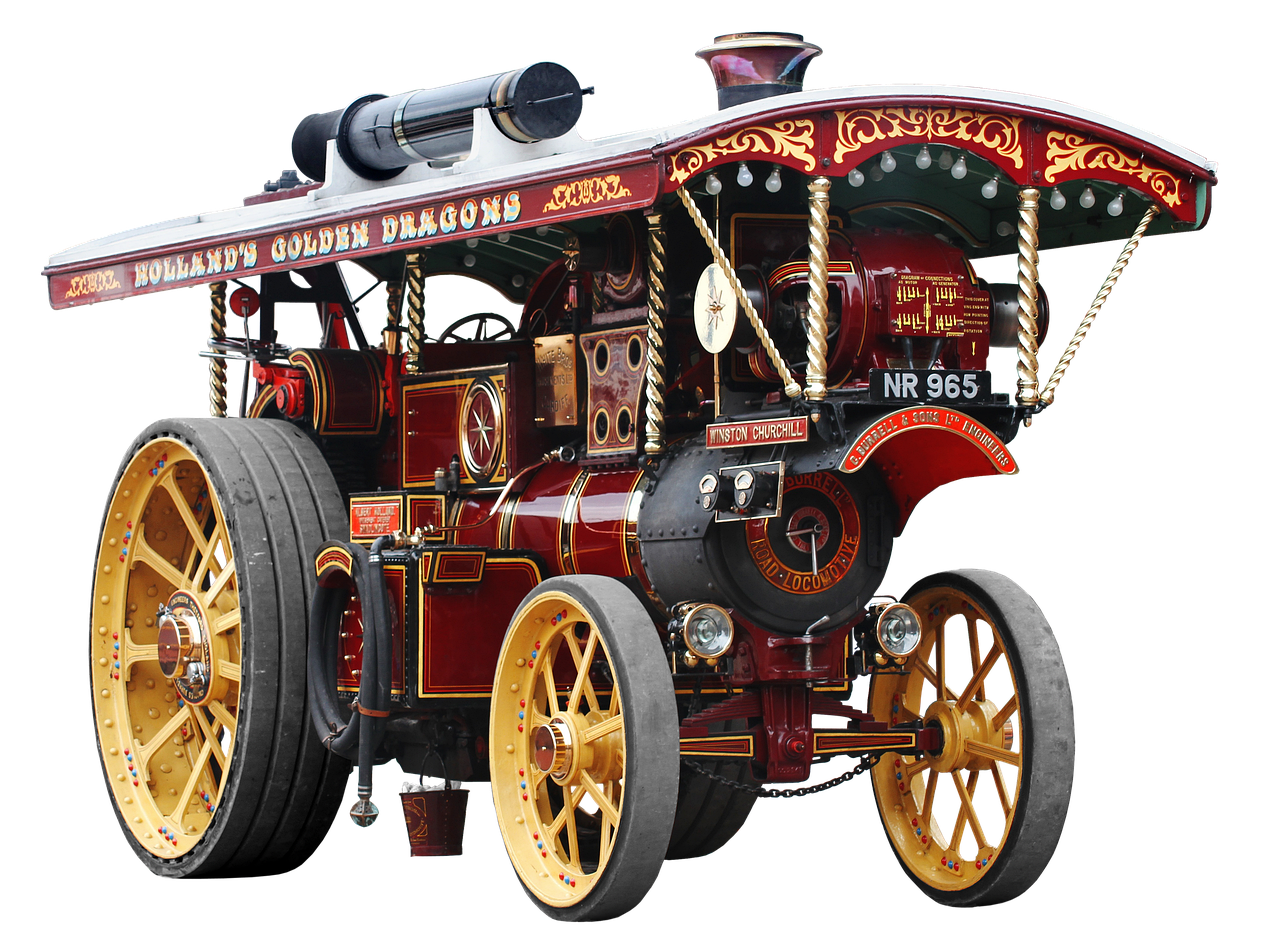When it comes to the heart of your vehicle, the engine mounts are often overlooked. However, they are vital components that ensure your ride is smooth and stable. Manufacturers take this responsibility seriously, implementing rigorous testing processes to guarantee that each engine mount can withstand the demands of the road. From dynamic testing, which mimics real-world driving conditions, to static testing, which evaluates structural integrity, every method is designed to uncover potential weaknesses. These testing methodologies not only enhance reliability but also ensure that drivers enjoy a safe and comfortable experience. So, next time you hit the road, remember the engineering marvels that are working tirelessly beneath your hood!
Importance of Engine Mounts
Engine mounts are not just simple components; they are the unsung heroes of vehicle dynamics. Imagine driving a car without them—every bump, every pothole would feel like a rollercoaster ride! These mounts play a crucial role in vehicle stability and comfort, absorbing vibrations and reducing noise that can otherwise disrupt your drive. By securing the engine to the chassis, they help maintain proper alignment and prevent excessive movement. Without reliable engine mounts, you might experience:
- Increased noise levels inside the cabin
- Uncontrolled engine movement leading to potential damage
- Poor handling and stability issues
Understanding their significance helps appreciate the extensive testing processes manufacturers implement to maintain quality. In essence, engine mounts are vital for a smooth and enjoyable driving experience, making their testing and quality assurance crucial in automotive manufacturing.
Testing Methods Used
When it comes to ensuring the quality of engine mounts, manufacturers employ a variety of testing methods tailored to assess performance under different conditions. These methods can broadly be categorized into dynamic and static tests, each providing unique insights into the durability and effectiveness of engine mounts.
Dynamic testing is particularly fascinating as it simulates real-world driving scenarios. Imagine taking your car on a bumpy road; dynamic tests replicate these conditions to evaluate how well the engine mounts absorb vibrations and support the engine’s weight under stress. On the other hand, static testing focuses on the mounts’ ability to hold their ground without any movement. This ensures they can safely support the engine’s weight and any static loads.
To give you a clearer picture, here’s a quick comparison of both methods:
| Testing Method | Description | Purpose |
|---|---|---|
| Dynamic Testing | Simulates real-world driving conditions. | Evaluates performance under stress. |
| Static Testing | Assesses structural integrity without movement. | Ensures safety under static loads. |
Both testing methods are crucial in the manufacturing process, as they help identify potential weaknesses and ensure that every engine mount is up to the task. By understanding these methodologies, we can appreciate the lengths manufacturers go to in order to deliver reliable and high-performing products.
Dynamic Testing Procedures
Dynamic testing procedures are crucial for evaluating how engine mounts perform under real-world driving conditions. Imagine taking a roller coaster ride; the twists and turns simulate the stress that engine mounts endure while the vehicle is in motion. To replicate this, manufacturers use advanced equipment to conduct vibration analysis and load testing. These tests not only measure the mounts’ ability to absorb vibrations but also assess their durability when subjected to various forces.
During vibration analysis, engineers observe how engine mounts respond to different frequencies, identifying weaknesses that could lead to failure. This step is akin to tuning a musical instrument, where each frequency must resonate perfectly to ensure optimal performance. Additionally, load testing evaluates the strength of the mounts by applying weights that mimic the engine’s mass and the forces encountered during driving. The results from these dynamic tests are vital for ensuring that engine mounts can withstand the rigors of everyday use.
In summary, dynamic testing procedures are not just about numbers; they are about ensuring safety and reliability on the road. By simulating real-life conditions, manufacturers can confidently deliver engine mounts that enhance vehicle stability and comfort.
Vibration Analysis Techniques
Vibration analysis is a vital technique used in evaluating the performance of engine mounts. It involves measuring how engine mounts respond to various frequencies during operation. By simulating real-world conditions, engineers can identify potential weaknesses that may not be evident through standard testing methods. This process is akin to a doctor diagnosing a patient; just as a doctor listens to the body’s vibrations to detect issues, engineers analyze the vibrations of engine mounts to ensure they can effectively dampen vibrations during vehicle operation.
One common method of vibration analysis is frequency response function (FRF) analysis. This technique helps in understanding how the mount behaves under different loads and frequencies. It allows manufacturers to pinpoint resonant frequencies, which are critical in determining how well the mount can absorb vibrations. The results from these tests are often compiled into a detailed report that includes:
| Test Parameter | Description |
|---|---|
| Natural Frequency | The frequency at which the mount vibrates freely. |
| Damping Ratio | Measures how quickly vibrations dissipate. |
| Transfer Function | Describes the output response relative to the input. |
Through these techniques, manufacturers can enhance the reliability and performance of engine mounts, ensuring that they meet the rigorous demands of modern vehicles. Ultimately, vibration analysis is not just about numbers; it’s about creating a smoother, more comfortable ride for drivers and passengers alike.
Load Testing Standards
are crucial in determining the strength and durability of engine mounts. These standards are designed to mimic the various forces that engine mounts will encounter during real-world driving scenarios. By subjecting engine mounts to rigorous load tests, manufacturers can ensure that these components can withstand the stresses of acceleration, braking, and cornering.
During load testing, engineers typically apply controlled forces to the mounts and monitor their performance. This allows for the identification of any potential failures before the mounts are put into service. Key aspects of load testing include:
- Static Load Testing: Evaluates how well the mount supports the engine’s weight without dynamic forces.
- Cyclic Load Testing: Simulates repeated stress over time to assess fatigue resistance.
- Ultimate Load Testing: Determines the maximum load the mount can handle before failure.
By adhering to established load testing standards, manufacturers can confidently deliver engine mounts that not only meet but exceed safety and performance expectations. This commitment to quality ensures that drivers can enjoy a smooth and stable ride, knowing their engine mounts are built to last.
Static Testing Procedures
Static testing is a vital process in evaluating the structural integrity of engine mounts. Unlike dynamic testing, which simulates the stresses of real-world driving, static testing focuses on how well these components can support their own weight and any additional static loads they might encounter. This method is essential because even the most robust engine mount must be able to handle the forces exerted on it when the vehicle is stationary.
During static testing, manufacturers apply a series of controlled loads to the engine mount to observe its behavior. This involves using specialized equipment to measure deflection and stress levels. The goal is to ensure that the mount can endure the weight of the engine without deforming or failing. A well-executed static test can reveal potential weaknesses that might not be apparent during dynamic tests.
Additionally, static testing procedures often include visual inspections to check for any manufacturing defects or inconsistencies. These inspections are crucial as they help identify issues that could compromise the mount’s performance. By adhering to strict testing protocols, manufacturers can guarantee that every engine mount meets the necessary safety and performance standards, ultimately leading to a more reliable driving experience.
Quality Control Measures
are the backbone of ensuring that engine mounts not only meet but exceed safety and performance standards. Manufacturers implement a multi-faceted approach that begins as soon as the design phase and continues through to production and post-production. This rigorous process involves various checks and balances that help catch potential issues before they reach consumers.
One of the key components of quality control is the inspection protocols. These protocols involve a series of thorough examinations at different stages of production. For instance, during the initial material selection, manufacturers assess the quality of raw materials to ensure they meet stringent specifications. Following this, each batch of engine mounts undergoes detailed inspections, checking for defects such as cracks, misalignments, or inconsistencies in dimensions.
Additionally, compliance with industry standards plays a vital role in quality assurance. By adhering to established guidelines, manufacturers provide a safety net for both themselves and consumers. This compliance is not just a checkbox; it involves rigorous testing and documentation that ensures every engine mount is built to last. The result? A product that drivers can trust, enhancing their overall driving experience.
In summary, the combination of inspection protocols and strict adherence to industry standards forms a robust framework for quality control in engine mount manufacturing. This approach not only boosts consumer confidence but also reinforces the manufacturer’s reputation in a competitive market.
Inspection Protocols
Inspection protocols are the backbone of quality assurance in engine mount production. They involve a series of thorough examinations conducted at various stages of the manufacturing process. Imagine putting your favorite dish through multiple taste tests before serving it; that’s how manufacturers ensure that every engine mount meets the highest standards. These inspections help identify defects early, preventing subpar products from reaching the market.
Typically, inspections include:
- Visual Checks: Technicians visually inspect engine mounts for any obvious flaws.
- Dimensional Measurements: Accurate measurements ensure that each mount fits perfectly within its designated space.
- Material Testing: Samples of materials used are tested for strength and durability.
By adhering to these protocols, manufacturers not only adhere to industry standards but also build trust with consumers, ensuring that each engine mount delivers reliability and performance on the road.
Compliance with Industry Standards
Compliance with industry standards is not just a checkbox for manufacturers; it’s a commitment to safety and performance. These standards are meticulously crafted guidelines that ensure engine mounts can endure the rigors of daily driving while providing optimal comfort. By adhering to these benchmarks, manufacturers can guarantee that their products are tested against specific criteria, which helps in building trust with consumers.
For instance, engine mounts must meet criteria set by organizations such as the Society of Automotive Engineers (SAE) and the International Organization for Standardization (ISO). These bodies provide frameworks that address various aspects of engine mount performance, including:
- Vibration Resistance: Ensuring that mounts can effectively dampen vibrations.
- Load Bearing Capacity: Testing how much weight and stress they can handle.
- Durability: Evaluating how well they perform over time under various conditions.
By following these standards, manufacturers not only enhance the reliability of their products but also contribute to the overall safety of vehicles on the road. This compliance is crucial, as it reassures both manufacturers and consumers that the engine mounts will perform as expected, even in the most demanding situations.
Frequently Asked Questions
- What are engine mounts and why are they important?
Engine mounts are crucial components that secure the engine to the vehicle’s chassis. They absorb vibrations and reduce noise, ensuring a smoother ride and greater stability.
- How do manufacturers test engine mounts?
Manufacturers use both dynamic and static testing methods. Dynamic tests simulate real-world conditions, while static tests assess structural integrity without movement, ensuring durability and performance.
- What is vibration analysis in engine mount testing?
Vibration analysis measures how engine mounts respond to various frequencies, helping identify weaknesses and ensuring they effectively dampen vibrations during vehicle operation.
- Are there industry standards for engine mount testing?
Yes! Manufacturers must comply with established industry standards to ensure safety and performance, providing confidence to both manufacturers and consumers.





